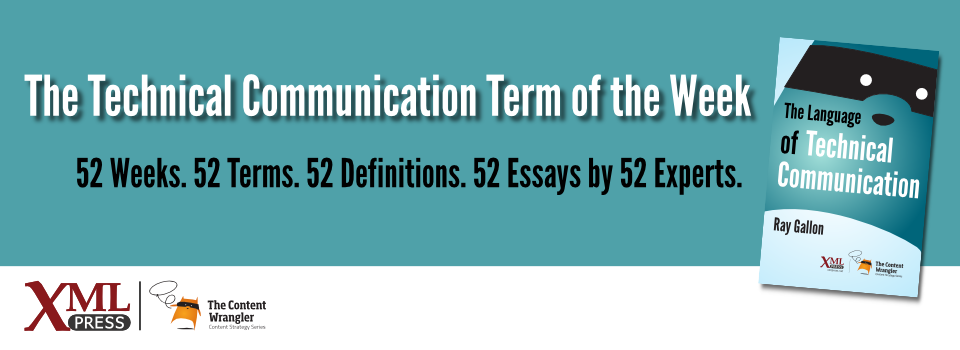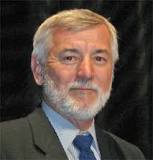What is it?
A self-contained unit of information, most often with text-intensive content in printed or digital formats. In its broadest sense, a document can also include audio, video, or interactive content as well as text. We can even stretch this definition to fit documents that are enhanced with sensing, computational, and communications capabilities, such as augmented reality documents that overlay context-sensitive information on their base content.
Why is it important?
Documents organize the interactions between people, between people and enterprises and institutions, and between the machines and computers that are ubiquitous and essential in today’s information-intensive world.
Why does a technical communicator need to know this?
Every important advance in business, manufacturing, communications, finance, government, and other spheres of human activity have required new kinds of information exchanges with specialized types of documents. The idea of documents as self-contained units of information that satisfy the requirements for information exchange is a technology-independent abstraction perfectly suited for a world bursting with an exponentially growing number of computers, communication devices, sensor-enabled smart things, and other producers and consumers of documents.
Technical communicators can easily understand the logical separation of document content, format, and appearance that is possible with digital documents, but the historical function of documents as evidence reinforces the idea that a document’s format or technology implementation is inherently part of it. It is not always easy to maintain this separation in practice. This might seem like a philosophical debate, but it can have significant business, legal, and technological implications.
Technical communicators are often the people best suited for designing documents because they focus on the people who use them and the purposes for which they are used. Technical communicators often assist document engineers in analyzing the information requirements for the documents that define the inputs and outputs, or the requests and responses, that make up the logical model for a document type. Technical communicators typically design the presentations or renditions of these document models that enable their effective creation, use and comprehension by people.

